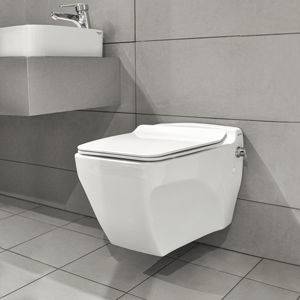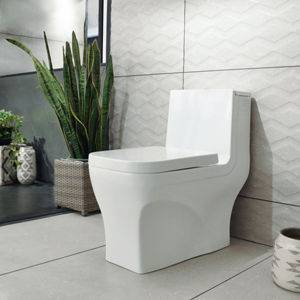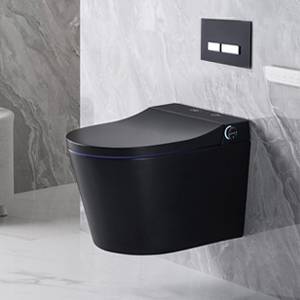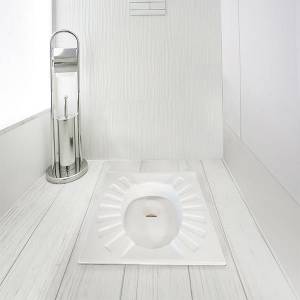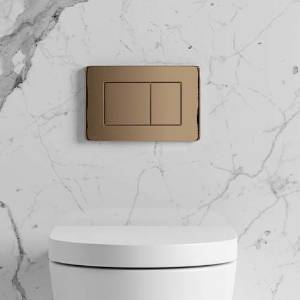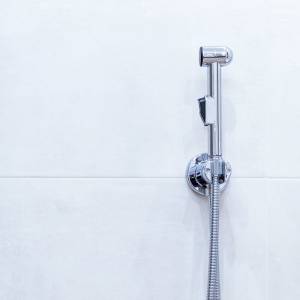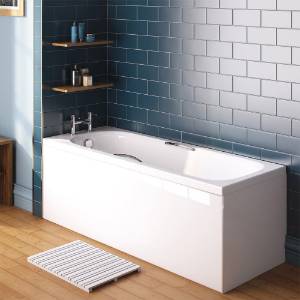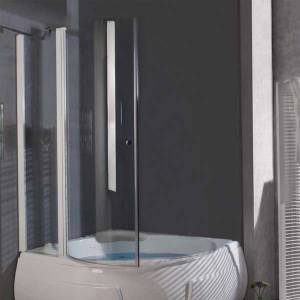How to lay wall and floor tiles
Once you’ve planned your layout and the starting point of the first tile, it’s time to fix them in place with tile adhesive.
Expert tip: Always ensure that the correct adhesive is used with the correct tile type/ size and surface. Check with our experts for advice on choosing the correct adhesive.
Affixing Floor Tiles
Plan your route and exit
Make sure you plan ahead so that you are able to lay each of the tiles and exit the room once you’re finished without stepping on any unset tiles.
If it is essential that you can still use the room during work then you can tile half the space at a time.
Mix your tile adhesive
Mix the correct tile adhesive in a mixing bucket as per the instructions on the bag.
Depending upon the location and background, a flexible water-resistant cement based adhesive might be used.
Start spreading the tile adhesive
Working from your set out lines and/or straight edge spread the adhesive evenly on the floor with a notched trowel.
Keep it even
Hold your trowel (minimum 8 - 10mm notched size) at a 45° angle and drag across the floor spreading evenly and ensuring that the notches are in the same direction.
Note: Only cover a small area at a time (approx 1 square metre) as the adhesive will begin to dry on the surface.
Place your tiles
Place the tile on the bed of adhesive, press down and twist a little to ensure the adhesive bonds with the tile securely.
Note: Larger tiles may require a thin layer of adhesive on the back of the tile as well
Check it with a spirit level
Put the spirit level on the tile both ways to ensure it is even and flat. Insert a tile spacer in between each tile to keep the spacing regular. Use levelling wedges and spacers for large tiles to prevent lipping.
Keep your work area clean
Wash down the surface of the tile and clean the joint as you go along.
Affixing Wall Tiles
Mix your tile adhesive
Mix the tile adhesive in a mixing bucket as per the instructions on the bag. Depending on the type/size of your tiles and the background, the use of ready-mix tile adhesive or cement based powder adhesive may be recommended.
Start spreading the adhesive
Starting from above the timber baton and centre line, start to spread the adhesive on the wall.
Keep it even
Hold your notched trowel (minimum 6mm notched size) at a 45° angle and drag it across the wall spreading evenly. Ensure that all notches are running in the same direction.
Expert tip: Only cover a small area at a time (approx 1 square metre) as the adhesive will begin to dry on the surface.
Place your tiles
Place the tile on the bed of adhesive, resting on top of the timber baton and set out lines.
Apply pressure bond the tile and adhesive
Once the tile is lined up, twist and slide it into place to ensure the adhesive sticks properly.
Insert a tile spacer
Insert a tile spacer in between each tile to ensure consistency.
Clean up as you go along
Wash down the surface and clean the joint as you go along to remove any excess adhesive.
** TOP TIP **
Thinking of tiling over existing tiles? Here’s a few things to bear in mind if you’re not removing the originals. If the current tiles are sound (i.e. they are fully secured to the wall and not loose or badly cracked), new tiles will adhere to them successfully. Remember that additional weight may be unsuitable for plasterboard, which supports a limit of 32kg per square metre when unskimmed. Small format, lightweight tiles should be perfectly fine, but check the combined weights before committing. Finally, be aware that the additional thickness might create detail problems around windows, doors, light fixtures and wherever there is a finished edge to the tiling.




